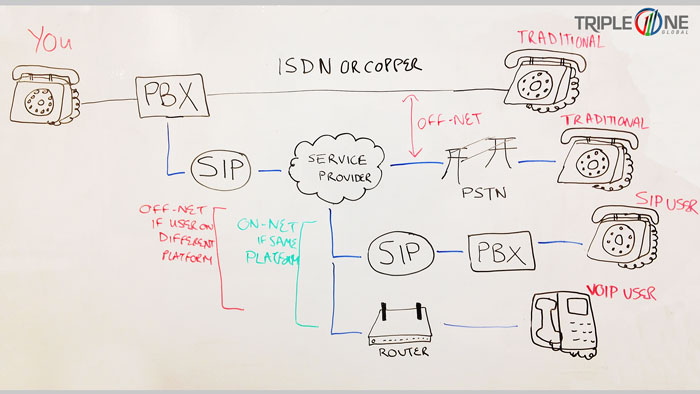How SIP trunking works results in lower telecommunication costs for the users. The technology allows you making voice calls, video calls, and messaging applications through the internet. Simply put, SIP trunking innovates an analog phone line that sometimes brings headaches with the costly budgets as you have to make international calls.
So, how does SIP trunking works in general?
SIP trunking connects one or more channels to your Private Branch Exchange or PBX phone system. With the system, you can instantly make local, regional and international calls. The simple method works in similar ways when you have on-premises PBX in your building.
With on-premises PBX, you can have extra benefits. You can make outgoing calls to various destinations with plenty of the building inhabitants making calls at the same time.
The easy method on how SIP trunking works drive many SIP trunking providers coming up with diverse offers for potential clients. The offers typically encompass unlimited inbound and outbound, local and long-distance calls on a per-channel/call basis. Pick one of the offers that adjust to your necessity and budget.
Each channel will allow you making or receiving calls. Please note here that you have to first calculate how many channels you will need. When all of the channels are fulfilled, you’ll need to contact providers should additional channel is necessary.
Take consideration when you are planning to create concurrent calls. In addition to consulting with the provider, think about bandwidth capacity. Since how SIP trunking works hugely depend on the internet connection, ensure the bandwidth speed and capacity are premium.
Surely, you don’t wish for a slow connection as you contact clients overseas, do you? Each non-compressed call requires between 85 and 100 kbps of bandwidth. Use your upload speed to decide how many calls that can be made with your connection.




